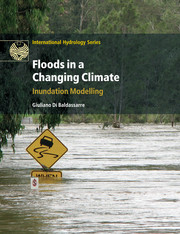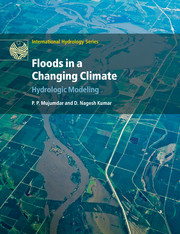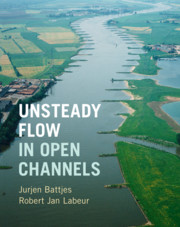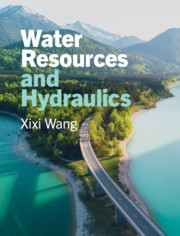Floods in a Changing Climate
Flood inundation models enable us to make hazard predictions for floodplains, mitigating increasing flood fatalities and losses. This book provides an understanding of hydraulic modelling and floodplain dynamics, with a key focus on state-of-the-art remote sensing data, and methods to estimate and communicate uncertainty. Academic researchers in the fields of hydrology, climate change, environmental science and natural hazards, and professionals and policy-makers working in flood risk mitigation, hydraulic engineering and remote sensing will find this an invaluable resource. This volume is the third in a collection of four books on flood disaster management theory and practice within the context of anthropogenic climate change. The others are: Floods in a Changing Climate: Extreme Precipitation by Ramesh Teegavarapu, Floods in a Changing Climate: Hydrological Modelling by P. P. Mujumdar and D. Nagesh Kumar and Floods in a Changing Climate: Risk Management by Slodoban Simonović.
- Explains recent advances in the hydraulic modeling of floods and provides guidelines for the modeling processes from data collection to model evaluation
- Provides an overview of the many sources of uncertainty affecting hydraulic modelling of floods and provides examples and methods to estimate and communicate uncertainty
- Presents a particular focus on cutting-edge remote sensing data, providing a one-stop resource for types of data used in floodplain modeling and also techniques for model calibration, validation and uncertainty analysis
Product details
March 2018Paperback
9781108446754
119 pages
280 × 215 × 7 mm
0.33kg
79 b/w illus. 13 tables 30 exercises
Available
Table of Contents
- List of contributors
- Foreword
- Preface
- 1. Introduction
- Part I. Theory:
- 2. Theoretical background: steady flow Luigia Brandimarte
- 3. Theoretical background: unsteady flow Ioana Popescu
- Part II. Methods:
- 4. Data sources
- 5. Model building
- 6. Model evaluation
- 7. Model outputs
- Part III. Applications:
- 8. Urban flood modelling Jeffrey C. Neal, Paul D. Bates and Timothy J. Fewtrell
- 9. Changes in flood propagation caused by human activities
- 10. Changes of stage-discharge rating curves
- 11. Evaluation of floodplain management strategies
- References
- Index.









